According to Mr. Guy Thibault, historian, designer of the Racehorse Museum, the horse used as a model for this work would be "Caractacus" the winner of the Epsam Derby of 1862. Modeled the year it was sent to the Salon, it is one of the first sculpted representations of a jockey on horseback in the 19th century during the revival of racing under the Second Empire.
Pierre-Jules MÊNE produced numerous animal sculptures, particularly popular during the Second Empire, alongside Antoine-Louis Barye, Auguste Caïn, Pierre Louis Rouillard and, later, François Pompon. Pierre-Jules MÊNE specialized in small bronzes and did not produce any works for public statuary. His animal subjects were very popular and were the subject of numerous editions. As the exclusive publisher of his works, the perfection of his productions is recognized and he proves, along with Barye, to be the one whose success was the most consistent, over the longest period.



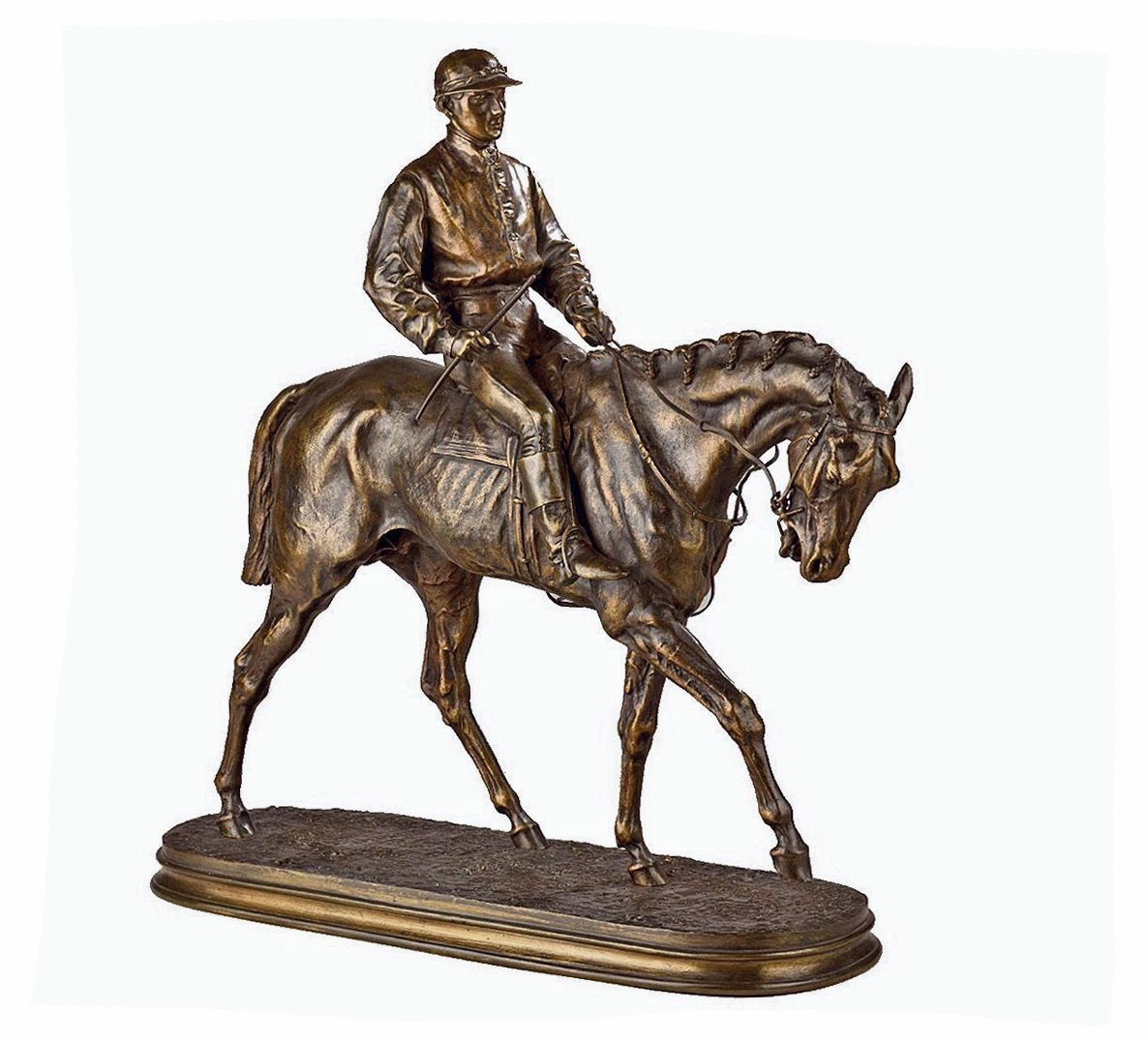


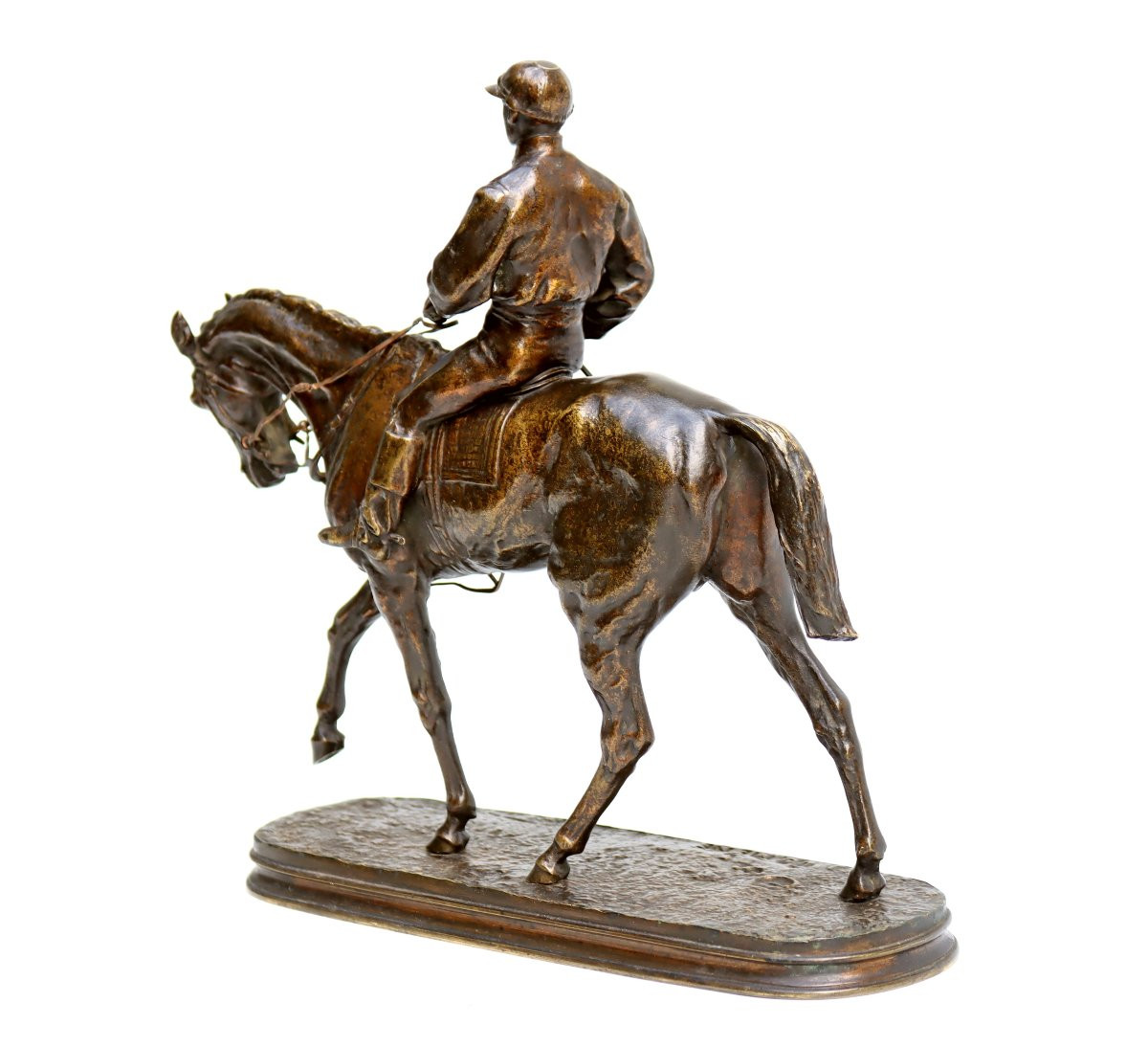


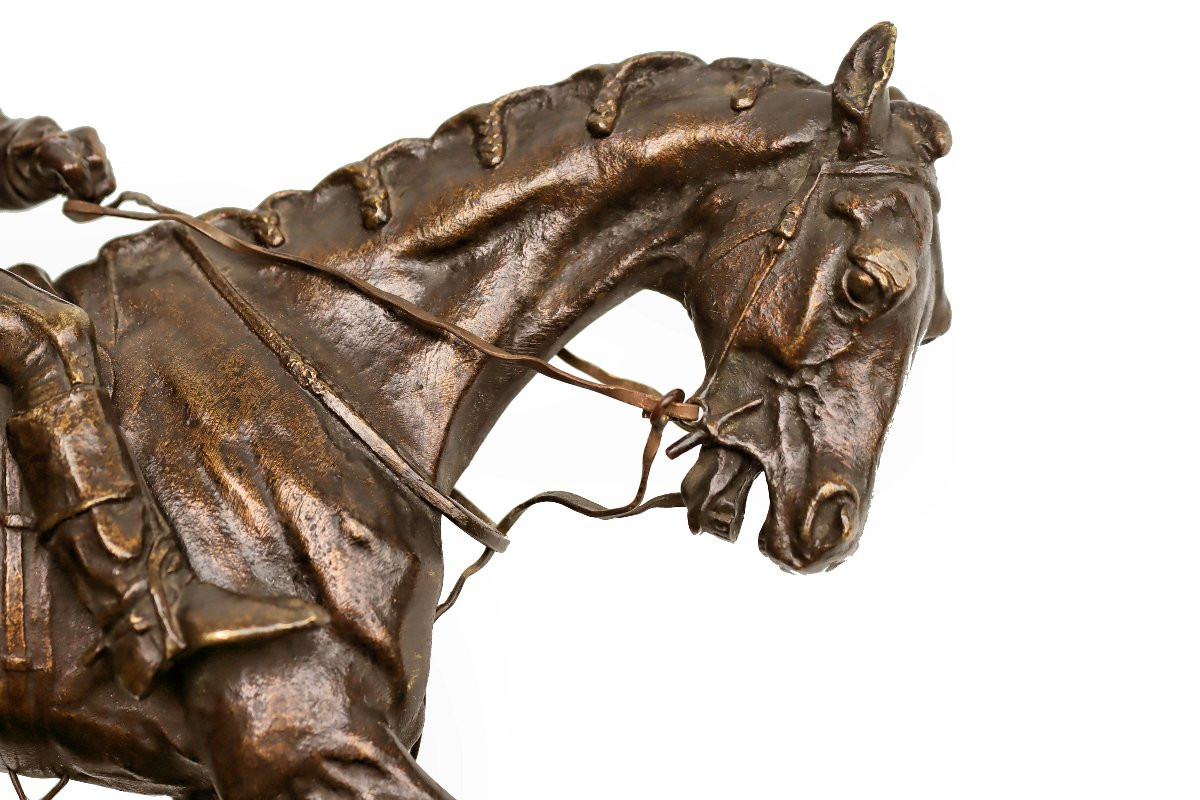



















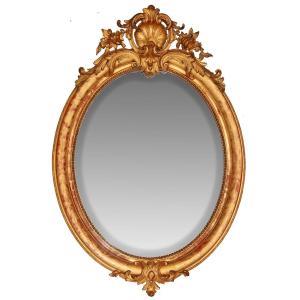
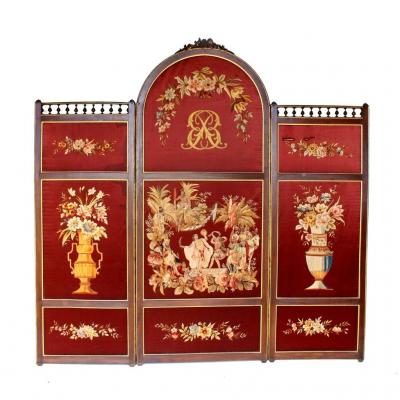
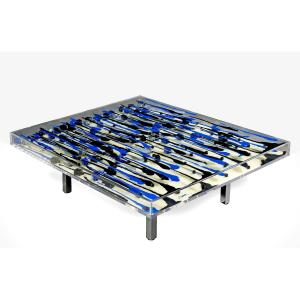
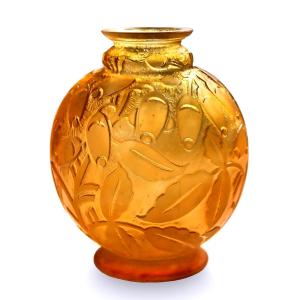


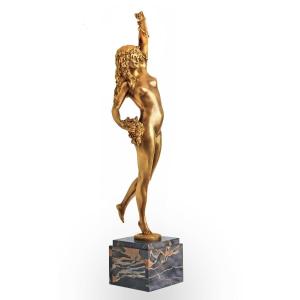

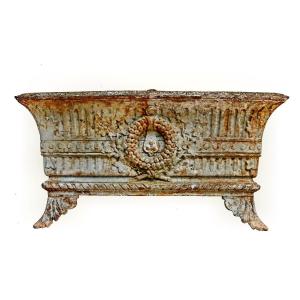




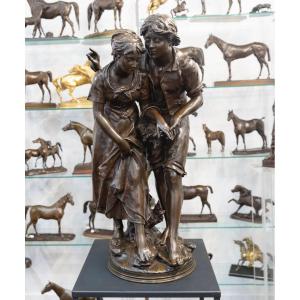

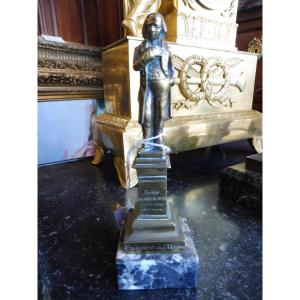

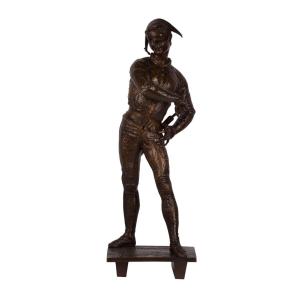



 Le Magazine de PROANTIC
Le Magazine de PROANTIC TRÉSORS Magazine
TRÉSORS Magazine Rivista Artiquariato
Rivista Artiquariato